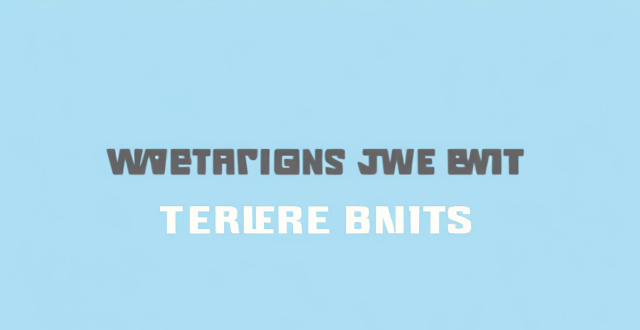Extreme weather events, such as hurricanes, floods, and heatwaves, significantly impact consumer purchasing habits. These changes in buying behavior are often driven by necessity, fear, and the desire to be prepared for future events. The text discusses the various ways extreme weather events can influence what and how consumers purchase. It also highlights the need for businesses and retailers to adapt to meet the changing demands and priorities of their customer base.

Impact of Extreme Weather Events on Consumer Purchasing Habits
Extreme weather events, such as hurricanes, floods, and heatwaves, can significantly impact consumer purchasing habits. These changes in buying behavior are often driven by a combination of necessity, fear, and the desire to be prepared for future events. Below are some of the ways extreme weather events can influence what and how consumers purchase:
Increased Demand for Essential Items
- Water and Food: During or in anticipation of extreme weather events, there is often an increased demand for bottled water, non-perishable food items, and emergency food supplies.
- Emergency Supplies: Items such as batteries, flashlights, portable chargers, and first aid kits see a surge in demand.
Changes in Shopping Channels
- Online Shopping: Bad weather can limit physical store visits, leading to an increase in online shopping for essential and non-essential items alike.
- Bulk Buying: Fear of supply shortages may drive consumers to buy in bulk, especially for staple goods.
Shift in Product Preferences
- Energy Efficiency: After experiencing extreme temperatures, consumers might prioritize energy-efficient appliances and insulation to reduce utility bills.
- Durability: There might be a preference for more durable goods that can withstand harsh weather conditions.
Environmental Consciousness
- Sustainable Products: Extreme weather events can raise awareness about climate change, leading consumers to seek out eco-friendly products and services.
- Waste Reduction: Consumers may adopt practices that generate less waste, such as reusable containers and bags, to reduce their environmental footprint.
Health and Safety Concerns
- Air Quality Products: In areas affected by wildfires or severe dust storms, air purifiers and masks may become popular purchases.
- Home Safety: Weather-related damage may drive sales of home repair materials, generators, and flood protection devices.
Insurance and Protection Services
- Insurance Policies: The threat of extreme weather can prompt consumers to purchase or upgrade insurance policies covering property and health.
- Maintenance and Check-ups: Services for home and vehicle maintenance might see an uptick as consumers seek to ensure their assets are protected against future extreme weather events.
Psychological Impact
- Comfort Buying: Stress and anxiety related to extreme weather events can lead to an increase in "comfort buying," where consumers purchase luxury or comfort items to cope with difficult circumstances.
In conclusion, extreme weather events have a multifaceted impact on consumer purchasing habits. From immediate needs for essential supplies to long-term considerations like sustainability and safety, these events shape not only what consumers buy but also how and why they make their purchases. As our climate continues to evolve, businesses and retailers must adapt to meet the changing demands and priorities of their customer base.